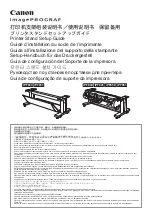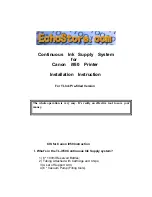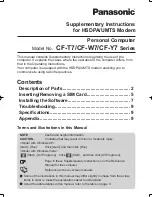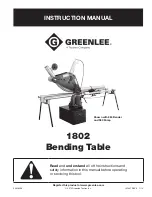
Quality Assurance
Phadia 100 - User Manual
P a g e 8 . 8
12-3501-20/12
A control chart is constructed by plotting observed values of control samples
from each test occasion in a diagram. After collecting sufficient observa-
tions, a statistical calculation is made and control limits of usually mean ±2
SD and ±3 SD are inserted.
Inspection of Control Charts
The assay is accepted when the control observations are evenly distributed
around the mean value line and within control limits, ±2 SD. Results outside this
range, but inside ±3 SD should act as a “warning signal” and a check of
instruments and routines should be made. Results outside ±3 SD should result
in rejection of the assay run and a search for the sources of error.
Increase in random error is observed as an increased variation of the observed
values around the established mean value.
A systematic shift is illustrated below. Results change from one level to another.
Example of random error
9
1 0
1 1
1 2
1 3
1 4
1 5
1 6
1 7
+ 3 S D
+ 2 S D
- 2 S D
- 3 S D
Example of Control Chart
9
1 0
1 1
1 2
1 3
1 4
1 5
1 6
1 7
+ 3 S D
+ 2 S D
-2 S D
-3 S D
Summary of Contents for Phadia 100
Page 1: ...Phadia 100 English 12 3501 20 12 User Manual...
Page 81: ...Routine Assay Run Phadia 100 User Manual Page 2 50 12 3501 20 12...
Page 91: ...Reagent and Sample Handling Phadia 100 User Manual Page 3 10 12 3501 20 12...
Page 251: ...Printouts Phadia 100 User Manual Page 10 22 12 3501 20 12...
Page 277: ...Maintenance Phadia 100 User Manual Page 11 26 12 3501 20 12...
Page 341: ...Error Handling Phadia 100 User Manual Page 12 64 12 3501 20 12...
Page 348: ...Phadia 100 User Manual Index 12 3501 20 12 Page 15 1 15 Chapter 15 Index...
















































